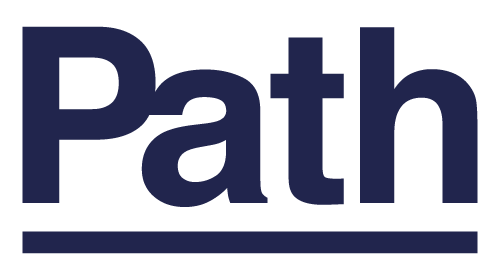
The following article does not seek to reach-out, lean-in, touch-base or provide bandwidth. At no point will it engage, leverage or ideate. There will be no integrated service or holistic process to write home about. Ducks will not be in a row and fruit will be neither low, or high, hanging. And while we’re on the subject, I’d suggest that if you’re planning on embarking on a 360 activity programme any time soon, the laws of maths dictate that you’ll end up where you started.
I reject this language, not because it’s worn out or clichéd, but because these phrases trigger alarms of imminent fakeness.
We live in the era of Fake News and the euphemism of the age, ‘alternative-fact’, has bitten us squarely in the behind. Much of what we know is consumed through the filter of our news networks, fake or otherwise, putting our media experience in turmoil with no apparent anchors or footings.
In a similar way, consumer language is also under siege: Our Cheese and Onion Crisps are now served up as ‘Shaved Parmesan and Charlotte’; Our salt is Himalayan; and our vinegar is Balsamic; Our Salmon is line-caught and our eggs appear to be ‘Happy’ (though I’ve yet to see a smile). Is our cheese really cave-aged? Who knows.

Supposedly ‘honest’ objects are being re-pitched with new stories to infer alternative histories. When Levi Strauss created riveted-for-strength workwear denim in 1873, they were made true indigo blue by his company and faded over time by his consumers. Today, the act of fading is contrived – an exercise in suggesting that the wearer has an enigmatic story of drama and depth shaped over time. If those jeans could talk, they’d surely describe their very recent journey through a multi-layered process of stonewashed, sand-blasted, fabric-distressed, fiction.
Does truth matter? The answer is unequivocally yes.
What makes great art great, is simple – an unbending, unyielding, uncompromising pursuit of truth. Across the huge span of mediums, at every turn the creations that prevail are laced with universal truth and purity of intent. The openness of Picasso’s mind, the tonal perfection of a Stradivari violin or the sublime balance of a Japanese haiku poem.

The Japanese have always lived and breathed their design truth through the concept of Wabi-sabi. Simply stated, it asserts that we must abandon a pursuit of perfection and embrace the imperfect. If we embrace our imperfections, we’re not only realists, but we render ourselves honest and true. None of us are perfect – moreover, our imperfections are what makes us unique.
In branding, these principles are no less important. All brands represent a promise to the consumer, and successful brands deliver truthfully on those promises. One could plausibly argue that BMWs are the ultimate driving machine. Kellogg’s cornflakes are surely the best. Yes; Coke is all sugar and we shouldn’t drink it, but it doesn’t pretend to be otherwise. We understand that our Ikea table won’t last a lifetime, but its founder, Ingvar Kamprad, never claimed it would.
The truth is out there
Truth does matter and continuity of truth preserves. Ask any nervous owner of Facebook or Cambridge Analytica shares whether honesty of intent and brand promises should be kept to cement that particular truth. Next time you’re scrolling through your Facebook feed, it’s worth recalling the old adage that ‘if the product’s free, you are the product’.

So if truth is so worthy and liberating, why don’t we experience it at every turn? Why is it so precious and all too rare? Simple: Being truthful is hard and takes courage; False is easy whilst truth is difficult to sustain; False doesn’t require validation or proof. It simply plants itself on your horizon and hurls its values towards you, unhindered by the burden of validation.
Ultimately, the truth prevails. It’s not a cliché for nothing. Lies ultimately die a natural death because to perpetuate them takes more energy than securing those equivalent truths. If you’re going to lie, you’ll need to be consistent in your message at every turn on the fake journey.
If you’ve been affected by any of the issues shared above, please contact Path. No clichés were harmed in the writing of this article.
Tim Bousfield is a partner and Group Creative Director at Path.
